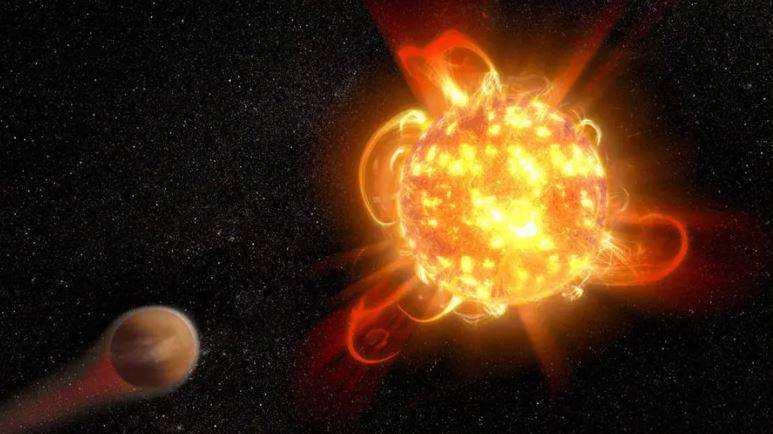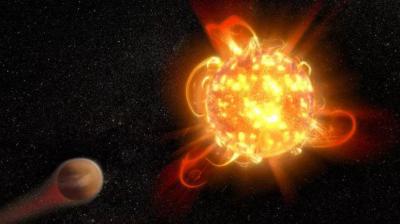The ultimate goal of the Chinese nuclear fusion reactor, nicknamed the "artificial sun," is to "maintain a stable temperature for a long time." This was stated by Li Miao, director of the Physics Department at the Southern University of Science and Technology in Shenzhen, in a comment to the Chinese state newspaper, Global Times, regarding the reactor setting a world record while in operation by reaching 120 million degrees Celsius for 100 seconds. The process also achieved a maximum temperature of 160 million degrees Celsius, over ten times the heat of the sun. Chinese scientists hope that the advanced superconducting experimental Tokamak (EAST) will serve as a strong source of green energy, enhancing Beijing's pursuit of "clean unlimited energy."
The device, which is the largest and most advanced experimental nuclear fusion research apparatus in China, employs a strong magnetic field to fuse hot plasma. It is designed to replicate the nuclear fusion process that occurs naturally in the sun and stars to provide nearly limitless clean energy. Located in Anhui Province in eastern China, the reactor was completed late last year and is often referred to as the "artificial sun" due to the immense heat and energy it produces; it is headquartered at the Hefei Institutes of Physical Science under the Chinese Academy of Sciences.
The People's Daily, the mouthpiece of the ruling Communist Party, stated, "Developing nuclear fusion energy is not only a way to solve China's strategic energy needs but also has great significance for the future sustainable development of energy and the national economy in China." Since 2006, Chinese scientists have been working to develop smaller versions of the nuclear fusion reactor. They plan to use the device in collaboration with scientists working on the International Thermonuclear Experimental Reactor (ITER), the world's largest nuclear fusion research project based in France, which is expected to be completed in 2025. This represents the largest global scientific collaboration effort since the establishment of the International Space Station over 20 years ago.
South Korea also has its own "artificial sun," known as the Korea Superconducting Tokamak Advanced Research (KSTAR), which operates at 100 million degrees Celsius for 20 seconds. Fusion is considered the "holy grail" of energy, as it powers our sun, burning at approximately 15 million degrees Celsius. It fuses atomic nuclei to produce vast amounts of energy, unlike the fission process used in nuclear weapons and power plants, which splits them apart. Unlike fission, fusion does not produce greenhouse gases and involves lower risks of accidents or theft of nuclear materials. However, achieving fusion is extremely difficult and costly, with the total cost of the International Thermonuclear Experimental Reactor (ITER) estimated at $22.5 billion.




